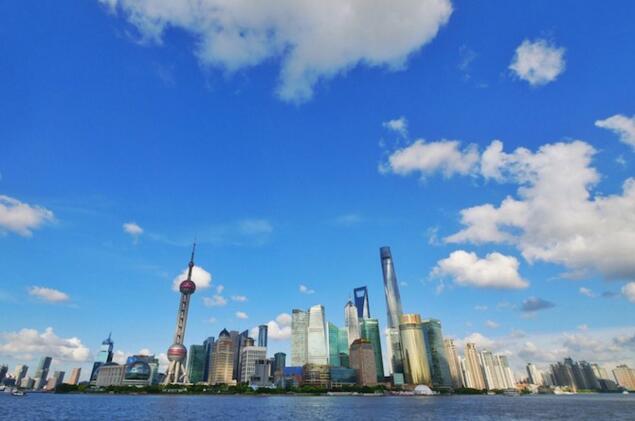
BEIJING, Sept. 5 (Xinhua) -- Some provinces and municipalities in China have recently unveiled actions plans and specific measures to improve the air quality.
Earlier, in July 2018, State Council, China's cabinet, released a three-year action plan on air pollution control.
According to the action plan, by 2020, emissions of sulfur dioxide and nitrogen oxide should drop by more than 15 percent compared with 2015 level, while cities which fail to meet the requirement of PM2.5 density should see their density of pm2.5, a key indicator of air pollution, fall by more than 18 percent from 2015 level.
Meanwhile, cities at prefecture level and above should see the number of good-air days reach 80 percent annually and the percentage of heavily polluted days decrease by more than 25 percent from 2015 levels.
Recently, north China's Hebei Province has also unveiled a three-year plan for air quality enhancement. The province has set a target to reduce its major air pollutants by 15 percent by 2020 compared with 2017 level.
Hebei plans to reduce the average concentration of PM2.5 to 55 micrograms per cubic meter in 2020, said the plan.
It will continue to cut coal consumption by using more clean energy. Coal consumption in 2020 is expected to be 10 percent less than in 2015.
Likewise, Shanxi Province has also asked the industrial enterprises to strengthen the comprehensive management of air pollution, vigorously promote reduction and replacement of coal consumption, and control pollution of diesel trucks to enhance air quality.
In addition, east China's Shanghai also released a blueprint for air governance in the following five years and it will strive to reduce the average annual concentration of PM2.5 to below 37 micrograms per cubic meter by 2020 and to below 35 micrograms per cubic meter by 2022.
Shanghai will accelerate the structural adjustment of key regions and key industries, and optimize the transportation system. (Edited by Hu Pingchao, hupingchao@xinhua.org)




 A single purchase
A single purchase









